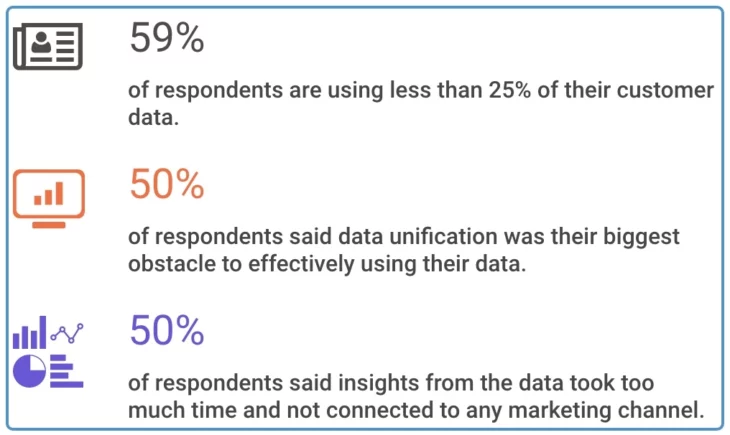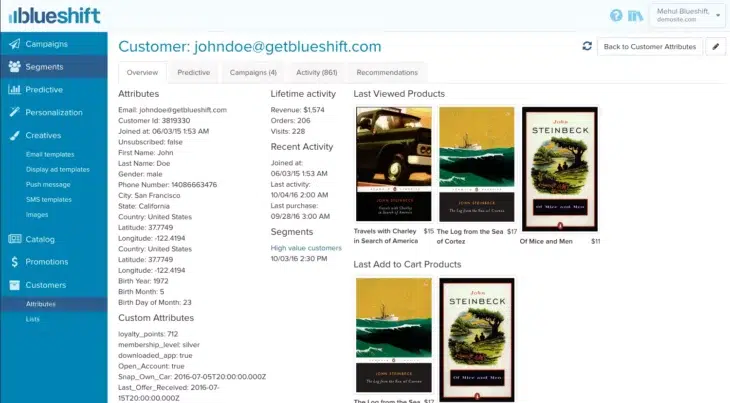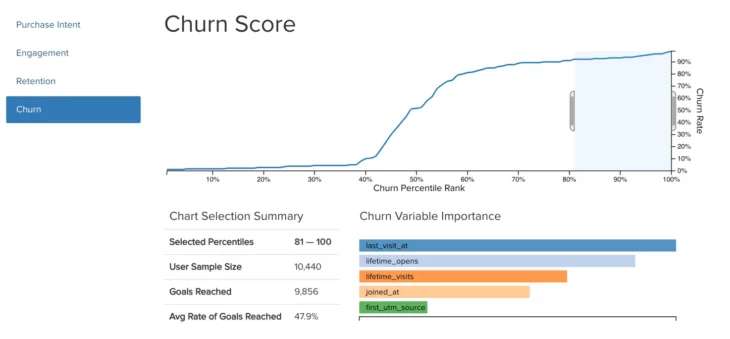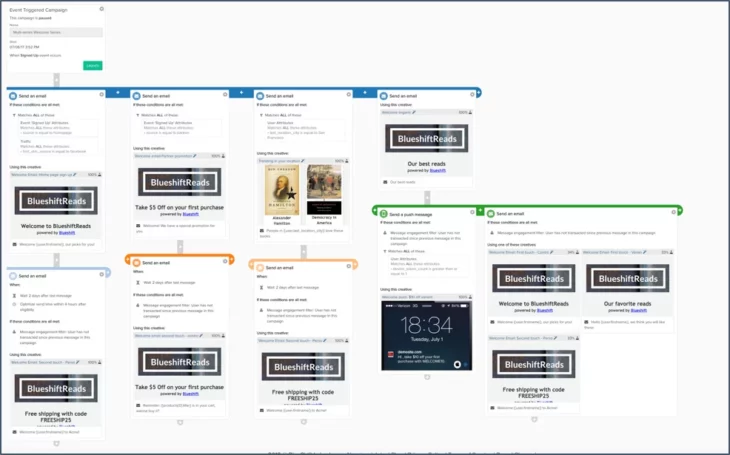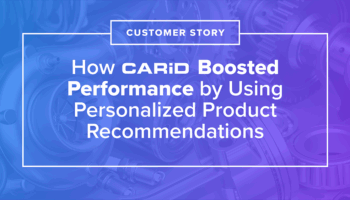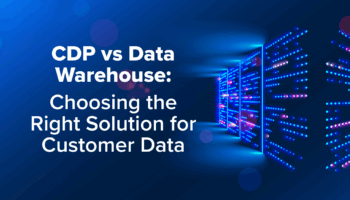This is the third and last post of our 3-part series on the topics covered in our joint webinar with Forrester Research and VentureBeat on AI-Powered Marketing. In part 1, we focused on the primary problem facing many marketers: the explosive amount of customer data being generated and an inability for marketers to use much of it. This has led many to a search for new solutions and technologies, such as AI, to help process this marketing data in real-time to create and execute more effective campaigns. However, Rusty Warner of Forrester Research, advises us in part 2 to not rush into a decision without first considering three crucial elements – strategy, organization and technology – when planning the adoption of AI. We now end the series by summarizing the webinar discussion and Q&A session on what one should look for in an AI technology for marketing.
The 3 “I’s” of AI in Marketing: More Than Just Intelligence

DON’T LOSE SIGHT OF THE PROBLEM TO BE SOLVED
In any technology evaluation, it’s important to always keep in mind the problems you are trying to solve and how best the technology will solve those problems. Our webinar attendees answered several questions that indicated that they had three major overarching problems that they are expecting an AI system to solve:
- Generating copious amounts of behavioral data about their customers, but using very little of it.
- Unable to unify the customer data and therefore unable to gain insights from this data and effectively use it for marketing campaigns.
- Long delays in getting insights from their customer data, and even then, these insights have very little information about marketing channels
Any AI technology has to solve these three overarching problems that revolve around organizing, accessing and acting on your customer data in real-time.
IDENTITY, INSIGHTS & INTELLIGENT ORCHESTRATION
Any AI technology for marketing can only be effective if it solves the three problems around identity, insights, and intelligent orchestration.
Identity
In order to effectively use customer data to inform our marketing campaigns, we have to first gather, organize and tie this data to the identity of specific individuals. An AI system must have the ability to track a customer or prospect’s interactions across multiple channels and stitch together behavioral data gathered from browser cookies, device identifiers, email addresses and customer IDs to develop a comprehensive view of the activities of a specific individual.
This is analogous to a person knowing things about another individual and committing that to memory for use in future interactions.
Insights
Once individuals are identified and their behavioral data organized, the system should also be able to take this behavioral information and combine it with information about product attributes, historical data and other external data such as location and time to develop insights that can drive marketing activities to that individual. These insights could take the form of predictive scores that determine the likelihood of a person purchasing a particular product or a churn score that indicates the likelihood of a customer ceasing to use your product or service. These scores are developed using a variety of signals such as decrease in product use, frequency of interaction, type of interaction, changes in patterns of interaction, etc.
This is analogous to the cognitive powers of the human brain to combine the information it has about an individual in its memory with external data to develop insights and opinions about that individual.
Intelligent Orchestration
After developing insights into each customer based on all the factors discussed above, the AI system should also enable the marketer to develop segments of customers and execute multi-channel campaigns that act upon these insights to segments of customers. In our example above, customers with a high churn score could be invited to speak with a customer service representative to try to better understand their change in behavior.
A typical multi-channel campaign should execute across email, web, social media (such as Facebook) mobile messaging and notifications, and direct mail.
And in today’s world, all these three activities need to happen continuously and in real-time.
SUMMARY
The three blog posts in this series (Part 1 here and Part 2 here) give you a more complete view of the challenges facing business-to-consumer marketers today and the potential for AI to help solve some of these issues, a blueprint for developing a strategy to incorporate AI in your marketing, and key attributes to look for when evaluating AI technologies for marketing.
For More Information
Read more about AI powered marketing in our resources section.
